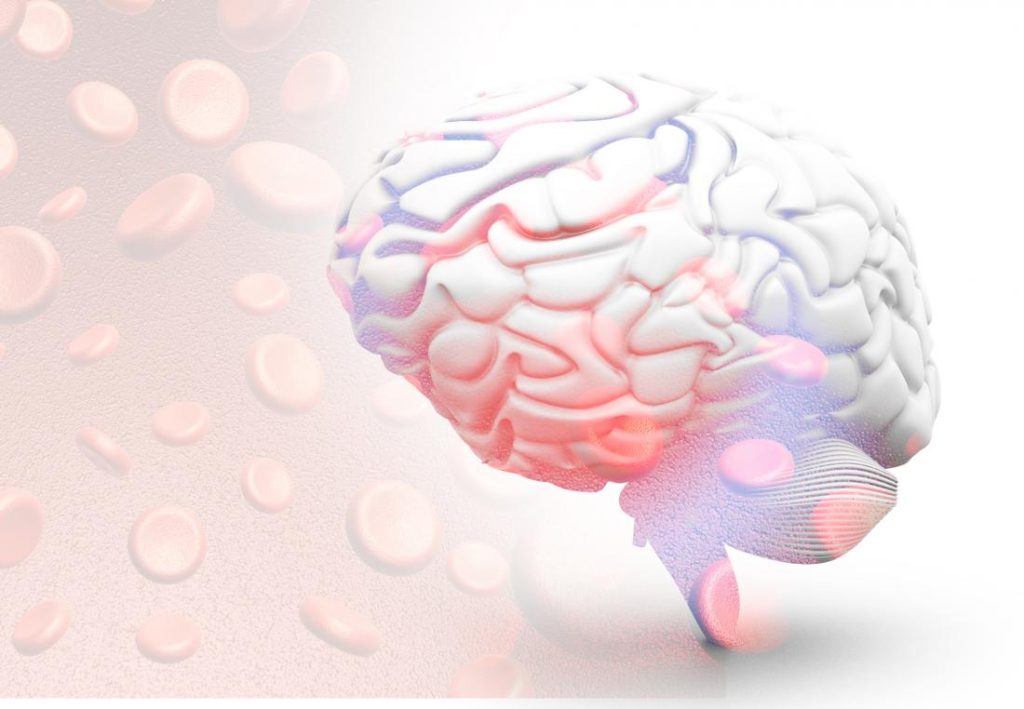In the tumultuous aftermath of traumatic incidents, where chaos reigns and lives hang in precarious balance, the advent of CT scan technology has emerged as a beacon of hope amidst the darkness. These medical marvels, capable of penetrating the veils of flesh and bone, unveil the intricate tapestry of injuries wrought by such calamities. With a precision bordering on the miraculous, CT scans offer a portal into the inner sanctum of the human body, revealing the extent of trauma with a clarity that defies imagination. In the wake of accidents, whether on the battlefield or the bustling streets of urban life, the urgency to assess injuries swiftly and accurately is paramount. CT scans, with their ability to swiftly capture detailed cross-sectional images, have become indispensable tools in the arsenal of emergency medicine. In a matter of moments, they can unravel the mystery of internal injuries, guiding medical professionals in their race against time to save lives. Moreover, the insights gleaned from CT scans extend far beyond the immediate realm of emergency care.

In the realm of dallas labs for traumatic injury scans, these scans serve as silent witnesses to the unfolding tragedies, providing invaluable clues to investigators seeking to unravel the circumstances surrounding traumatic incidents. Through meticulous analysis of these digital snapshots, forensic experts can reconstruct the sequence of events leading to injury, discern patterns indicative of foul play, and ultimately, bring perpetrators to justice. With each slice of the scanner’s beam, the truth emerges from the shadows, shedding light on the darkest corners of human suffering. Yet, the impact of CT scan technology transcends the confines of individual cases, reverberating across the landscape of trauma care as a whole. With each successive iteration of these imaging machines, advancements in resolution, speed, and accessibility bring new possibilities for improving patient outcomes. From the refinement of imaging protocols to the integration of artificial intelligence algorithms for rapid image interpretation, the frontier of trauma medicine continues to expand, propelled by the relentless march of innovation.
However, amidst the awe-inspiring capabilities of CT scans lies a sobering reality—their power is not without limitations. Despite their remarkable sensitivity in detecting injuries, there are nuances that evade even the keenest eye. Hidden injuries, subtle distortions, or the insidious onset of complications may elude detection, casting shadows of uncertainty in their wake. Moreover, the accessibility of CT scan technology remains uneven, with disparities in availability and affordability posing barriers to care for many. Nevertheless, as we navigate the labyrinthine aftermath of traumatic incidents, the beacon of hope cast by CT scans shines ever brighter. In their silent chambers, where beams of radiation paint portraits of resilience and fragility alike, lies the promise of healing and the pursuit of justice. It is a testament to the ingenuity of the human spirit, forging pathways through the darkness, and illuminating the way forward with the radiance of discovery. In the ongoing saga of trauma care, CT scans stand as sentinels of progress, guiding us towards a future where the shadows of suffering are banished, and the light of healing shines eternal.